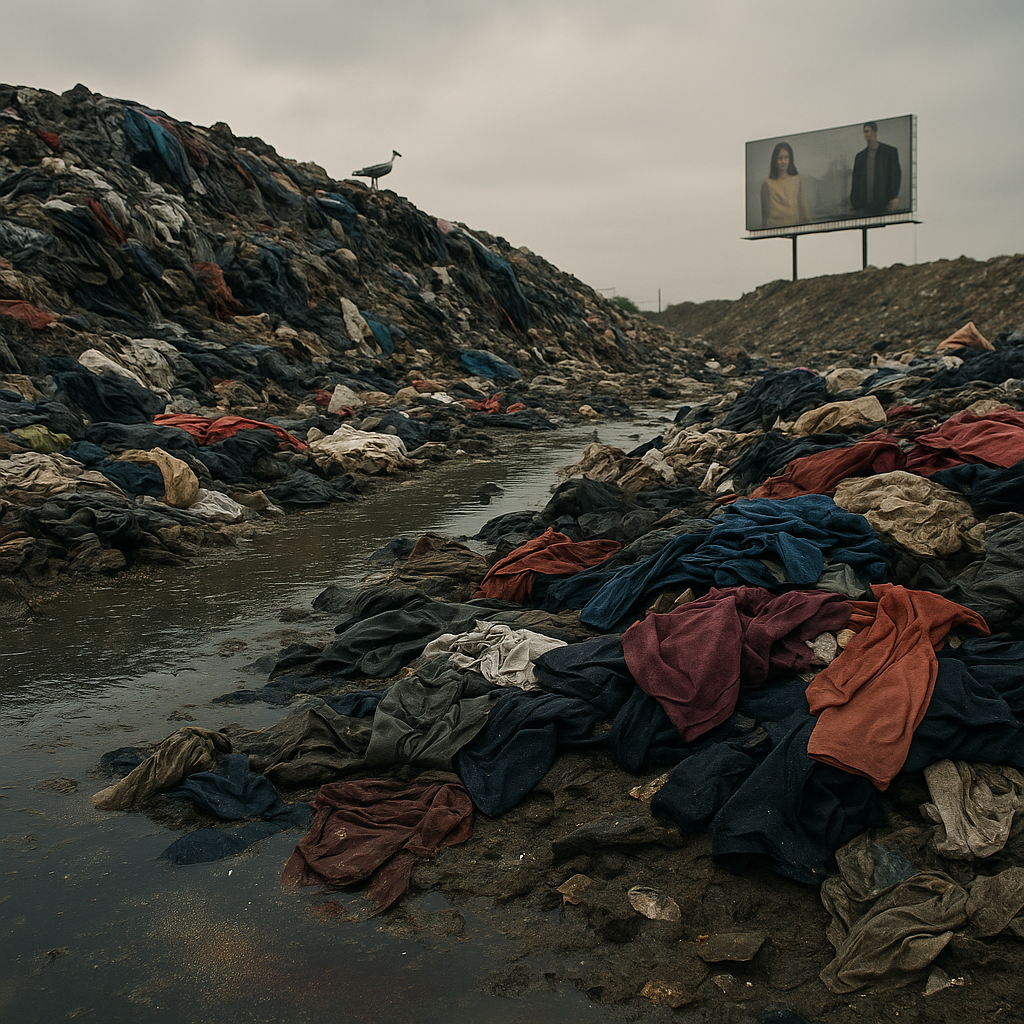Textile Manufacturers at the Crossroads: Balancing Sustainability with Economic Challenges
The global textile industry stands at a pivotal crossroads. On one hand, the demand for more sustainable and transparent production is louder than ever. On the other hand, manufacturers are grappling with tightening margins, rising input costs, and the pressure to remain globally competitive. In this tension lies both a challenge and an opportunity.
The Mounting Pressure to Go Green
Driven by both consumer demand and regulatory mandates, sustainability has moved from a ‘nice-to-have’ to a business imperative. Brands are setting bold climate targets and publicly committing to circularity. Consumers, increasingly climate-conscious, are asking tougher questions about where their clothes come from—and where they go at the end of their life.
This pressure is passed directly to textile manufacturers. Mills are expected to invest in cleaner energy, reduce water and chemical usage, adopt circular material solutions, and substantiate these efforts with robust certifications. But meeting these expectations comes at a cost. And too often, the brand-level ambition to be “sustainable” is not matched by brand-level willingness to share the financial or operational burden with their manufacturing partners.
The Economics Are Getting Harder
Meanwhile, the economics of manufacturing are becoming more strained. Energy prices have soared in many production regions. Labour costs are increasing. Compliance with environmental regulations, such as waste water treatment or carbon reporting, brings new layers of expense and complexity.
At the same time, purchasing cycles remain short-term and driven by price. Many brands still make decisions based on unit cost, with little visibility into the long-term investments or sustainability improvements a manufacturer is making behind the scenes.
The result? Manufacturers are often caught between competing demands: delivering lower prices while also reducing emissions; increasing efficiency but also increasing transparency.
Manufacturers Can’t and Shouldn’t Do It Alone
If the fashion industry is serious about building a sustainable future, we must stop treating sustainability as a “manufacturer problem” and start treating it as a shared responsibility across the value chain.
Mills and factories are not just service providers—they are innovation partners. Their ability to invest in new technologies, adopt sustainable inputs, and build more circular systems depends on having long-term, aligned relationships with brands and material suppliers.
At Celys, we believe that material innovation should bedesigned with manufacturers in mind, not just for environmentalperformance, but for economic feasibility and production compatibility. Ourcompostable polyester fibre was engineered to run on existing infrastructure,and we actively collaborate with mills to ensure smooth adoption without disruptingcurrent operations.
What the Industry Needs Next
To break the deadlock and unlock scalable progress, the industry needs:
- Stronger collaboration models: Long-term, transparent partnerships where risk and reward are shared.
- Incentives for early adoption: Brands must be willing to support the up-front costs of sustainable transformation through volume commitments or cost-sharing mechanisms.
- Material solutions that make economic sense: Innovations that reduce environmental impact and work with existing machinery and skillsets.
- Recognition for leadership: Manufacturers who go above and beyond should be celebrated, not undercut.
The crossroads we’re at are not just a choice between sustainability and survival. With the right partnerships, we can move toward a future where manufacturers don’t have to choose between the two. They can lead the way.



